Choosing the right skis is essential for a successful and enjoyable skiing experience. With numerous options available on the market, it can be overwhelming to know where to start. In this article, we'll provide you with a comprehensive guide on how to choose the right skis, considering various factors such as your skiing ability, terrain preference, and personal preferences.
1. Determine Your Skiing Ability
2. Consider Your Preferred Terrain
If skiboards seem to be unsuitable for your skiing, you have a look at Snowfeet Skis which are, with their 156 cm length, more than suitable for any conditions you might encounter.
Gear up for your next winter adventure
In cases of all other terrains, shorter skiboards are the most suitable choice. Choosing 99 or 120 cm long skiboards will open a new door to more joyful and easy skiing.
3. The Ski Length
But keep in mind that long skis are very restricting and will only keep you down. If you are afraid of powder and getting stuck, you can opt for long skiboards (120 cm) which keep you floating.
For any other situations consider only the balance between support of longer skis and freedom of shorter skis. When it comes to ski length, you should not yield to the mantra of ski industry - "the longer - the better". Keep in mind that you want to enjoy your ride and not get tired by dragging two heavy pieces of wood attached to your feet.
Choose the length that suits you best
What happens if my skis are too short?
One of the main concerns with using skis that are too short is that they can limit your speed and stability on the slopes. Such concerns are unfounded. Shorter skis are generally more maneuverable and easier to turn, and they can be as stable as long skis. If you are looking for greater stability with shorter skis, we highly recommend opting for skiboards which provide very good support on the slopes.
4. Ski Width and Shape
5. Flex and Stiffness
6. Bindings and Compatibility
Shorter skiboards (up to 99 cm of length) are available with snowboard boots bindings, too. In such case, you can consider comfort as your top priority.
Longer skiboards (starting at 120 cm) and long skis come with release ski bindings, making them safest option for any ride.

7. Seek Expert Advice
How to Choose Skis for a Children
1. Consider their age and ability level
The first thing to consider when choosing skis for your child is their age and ability level. If your child is just starting out, you'll want to choose skis that are shorter and easier to turn. As they progress, you can choose longer skis that are more stable at higher speeds. Or even short skis which require better stability and resemble ice skating or roller blading.
2. Choose the right size
The size of the skis you choose for your child will depend on their height, weight, and ability level. Skis that are too long can be difficult to control, while skis that are too short can be unstable at higher speeds. For children, we often recommend Snowfeet's Skiboards 65 which are both stable enough but at the same time very light and easy to maneuver.
You can choose from different lengths

3. Consider the ski shape and flex
The shape and flex of the ski are also important considerations. Skis that are wider and have a larger turning radius are easier to turn, while skis with a narrower waist are better for carving on groomed runs. The flex of the ski is also important. Softer flexing skis are easier to turn and better for beginners, while stiffer skis provide more stability at higher speeds.
Are Narrower Skis Better for Beginners?
One of the main advantages of using narrower skis for beginners is their narrower shape which makes them lighter and easier to maneuver and control.
However the advantages of light and easy movement can be provided by short and wide skis, too. Wide and short skis, namely skiboards and snowblades, provide the advantage of a firm base which makes the learning process much easier. They are also easy to control and to learn.
Despite their advantages, there are also some disadvantages to using narrower skis for beginners. One of the main drawbacks is that narrower skis are less stable at higher speeds. This is because they have less surface area, which makes them less effective at carving turns on hard-packed snow. This can be a problem for intermediate or advanced skiers who like to ski at high speeds.
Additionally, narrow skis are less effective in deep powder or off-piste terrain. This is because their narrow waist makes it harder for them to float on top of the snow. This can make it more challenging for beginners to ski in these types of conditions.
4. Look for bindings that adjust to fit growing feet
Children's feet grow quickly, so it's important to choose skis with bindings that can adjust to fit growing feet. This will save you money in the long run by allowing your child to use the same skis for several seasons. Skiboards bindings can be easily adjusted at home, so your kid won't outgrow them.
5. Consider the type of skiing your child will be doing
Finally, consider the type of skiing your child will be doing. If they'll be mostly skiing on groomed runs, you'll want to choose skis that are designed for groomed conditions. If they'll be skiing in powder or off-piste terrain, you'll want to choose skis that are wider and have a more pronounced rocker to help them float on the snow.

However, the best sort of skis are those which can do both, so you don't need to worry about carrying extra skis around.
These were the basics of how to pick the right skis for your offspring. Further on, let's check some more detailed questions and issues.
How to Choose Skis for an Older Skier
1. Consider your skiing ability level
The first thing to consider when choosing skis is your skiing ability level. Are you a beginner, intermediate, or advanced skier? Each level requires different types of skis to ensure maximum performance and comfort.
Beginner skiers will want to choose skis that are more forgiving and easy to maneuver. Intermediate skiers may prefer skis that have a bit more stiffness and are better at handling higher speeds. Advanced skiers may opt for skis that have a lot of power and can handle more challenging terrain.
2. Choose the right ski length
The right ski length is crucial when it comes to choosing skis. Skis that are too short or too long can be challenging to control and can cause unnecessary strain on your joints.
For older skiers, it is generally recommended to choose skis that are a bit shorter than what you would typically choose. Shorter skis are easier to turn and maneuver, reducing the strain on your knees and hips. However, it's important not to go too short, as this can result in unstable skiing and reduced performance.
Are short skis better?
Yes, they are. Short skis are universally better than long skis. Some short skis, such as skiskates or Snowfeet, can be challenging for people who are used to longer skis. Luckily, there are many short types of short skis, allowing you to pick the right pair.
Short skis are better for both free style skiers who wish to explore new possibilities in snowparks and beginner who want forgiving skis, easy to learn and to ride.
3. Consider the ski width
The width of the ski, or its "waist," can affect the way the ski performs in different conditions. A wider ski will provide more stability in powder or soft snow, while a narrower ski will be more responsive on hard-packed or icy conditions.
For older skiers, it's generally recommended to choose skis that have a wider waist. This will provide more stability and make skiing in powder or soft snow more comfortable and enjoyable.
4. Choose a ski with a softer flex
The flex of a ski refers to how stiff or soft the ski is. Skis with a softer flex are easier to turn and control, reducing the strain on your knees and hips. They are also more forgiving, making them a good choice for older skiers who may not have the same strength and stamina as younger skiers.
5. Consider the binding system
The binding system is an essential part of the ski setup. It is the interface between your boots and the skis, and it can affect the way the ski performs. For older skiers, it is recommended to choose a binding system that is easy to operate and adjust. Look for bindings that are lightweight and have a simple design.
6. Get a professional fitting
Finally, it's essential to get a professional fitting when choosing skis. A professional can help you choose the right ski length, width, flex, and binding system for your specific needs. They can also make adjustments to the bindings to ensure they are set up correctly, reducing the risk of injury and improving your overall skiing experience.
Conclusion
Choosing the right skis involves considering your skiing ability, preferred terrain, ski length, width and shape, flex and stiffness, bindings, and seeking expert advice when needed. By taking these factors into account, you can find skis that suit your individual needs, allowing you to enjoy the slopes to the fullest. Remember, the right skis can enhance your skiing experience and contribute to improved performance and overall enjoyment on the mountain.
Gear up and explore new experiences




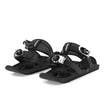
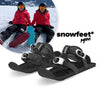





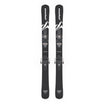

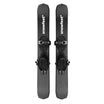




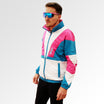

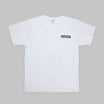



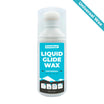


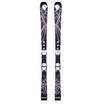

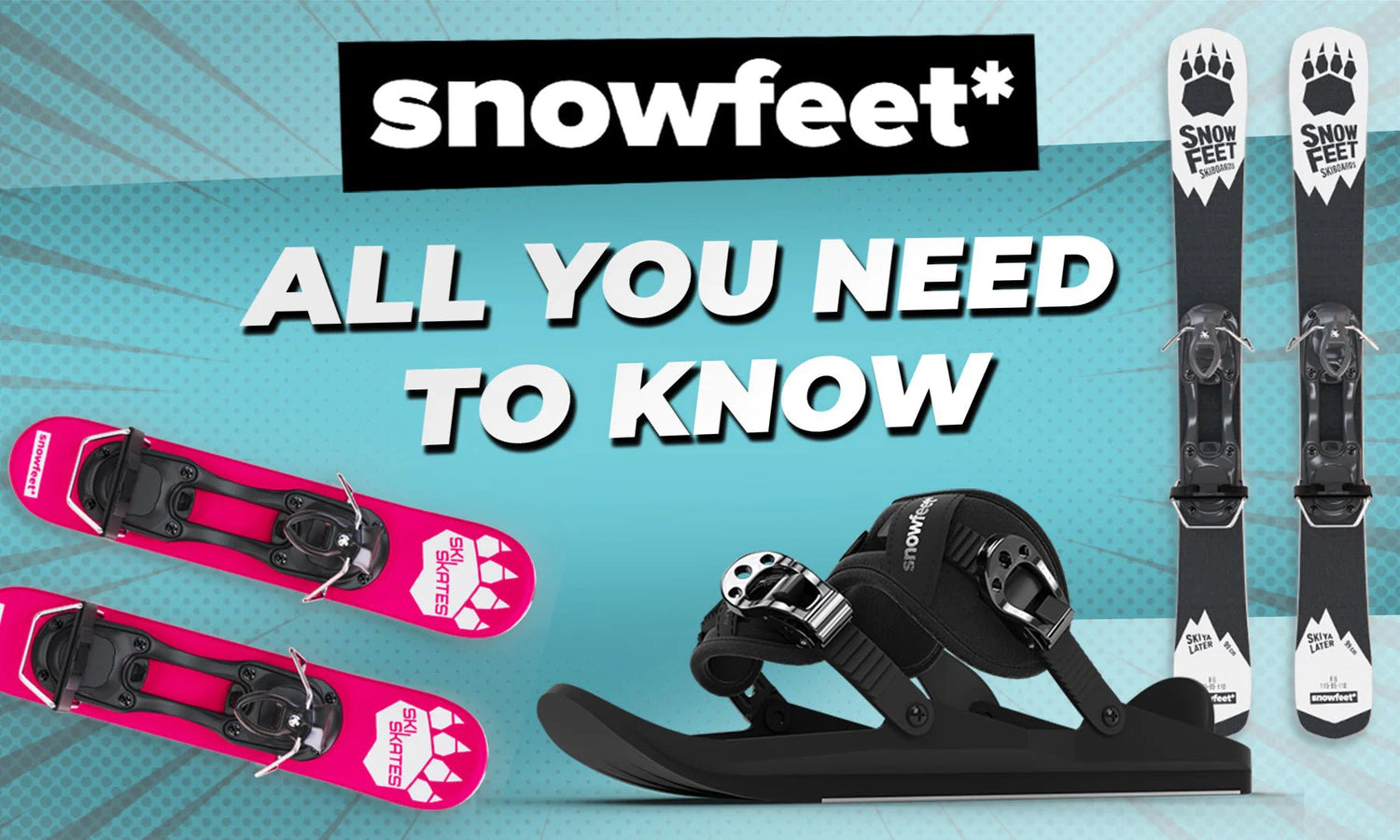
















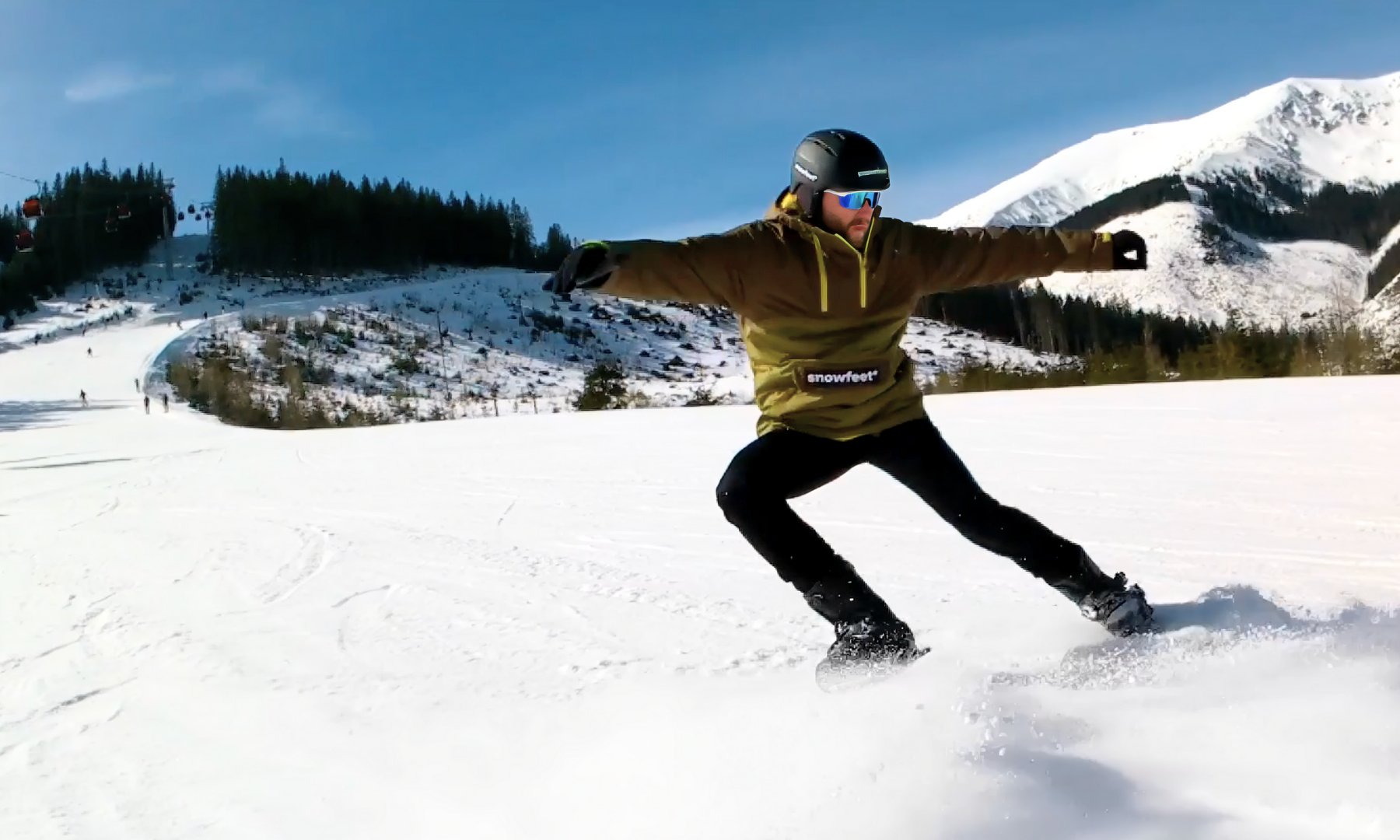


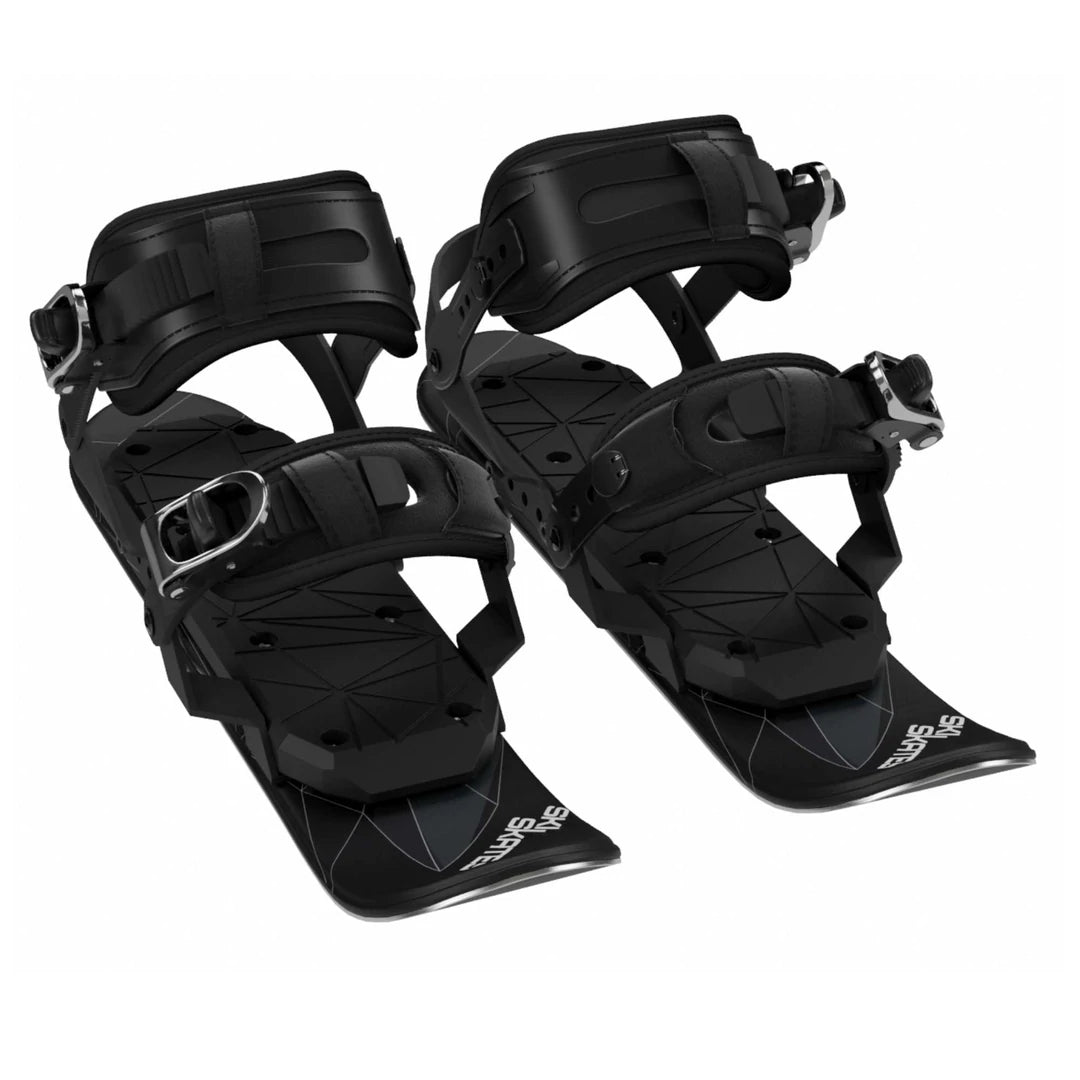
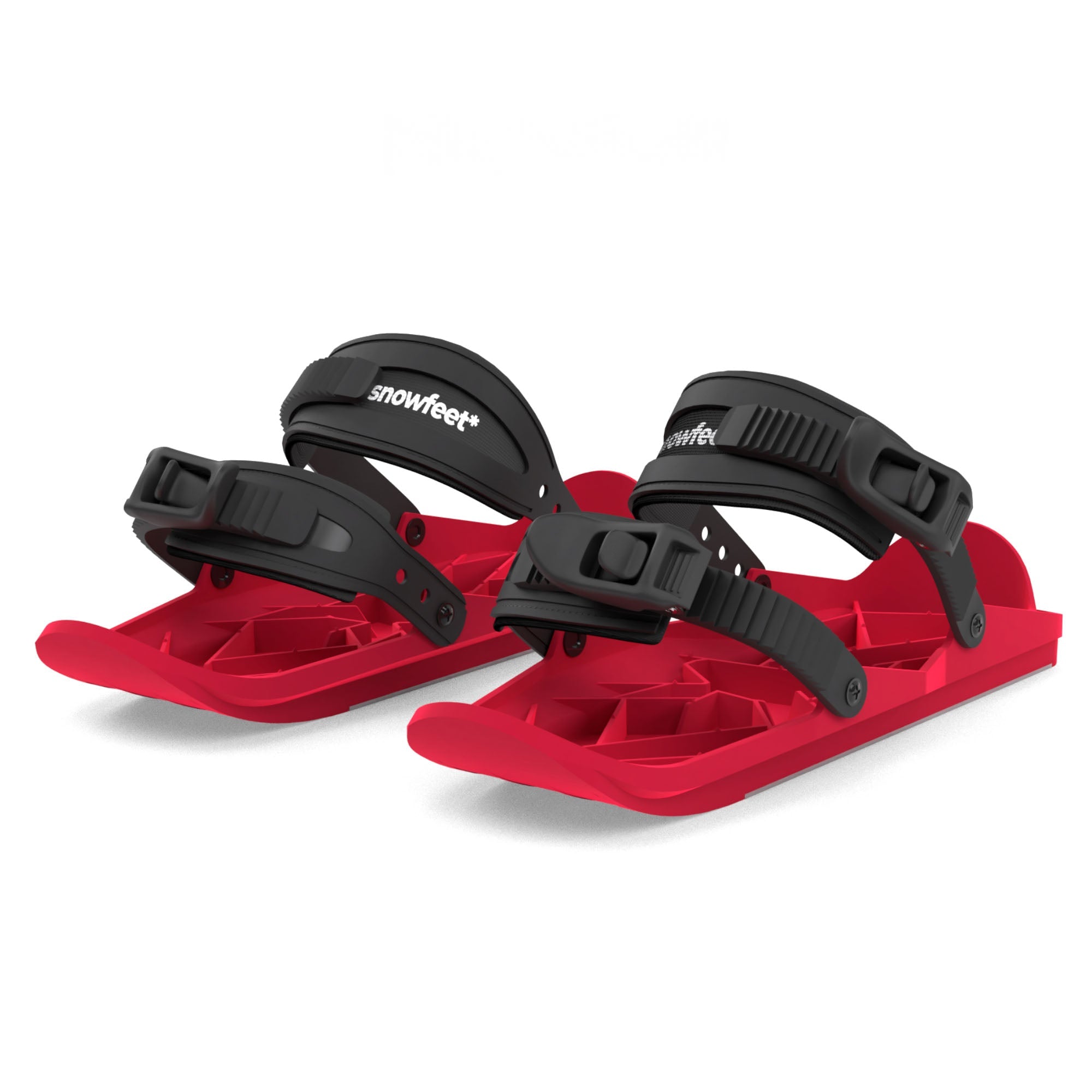











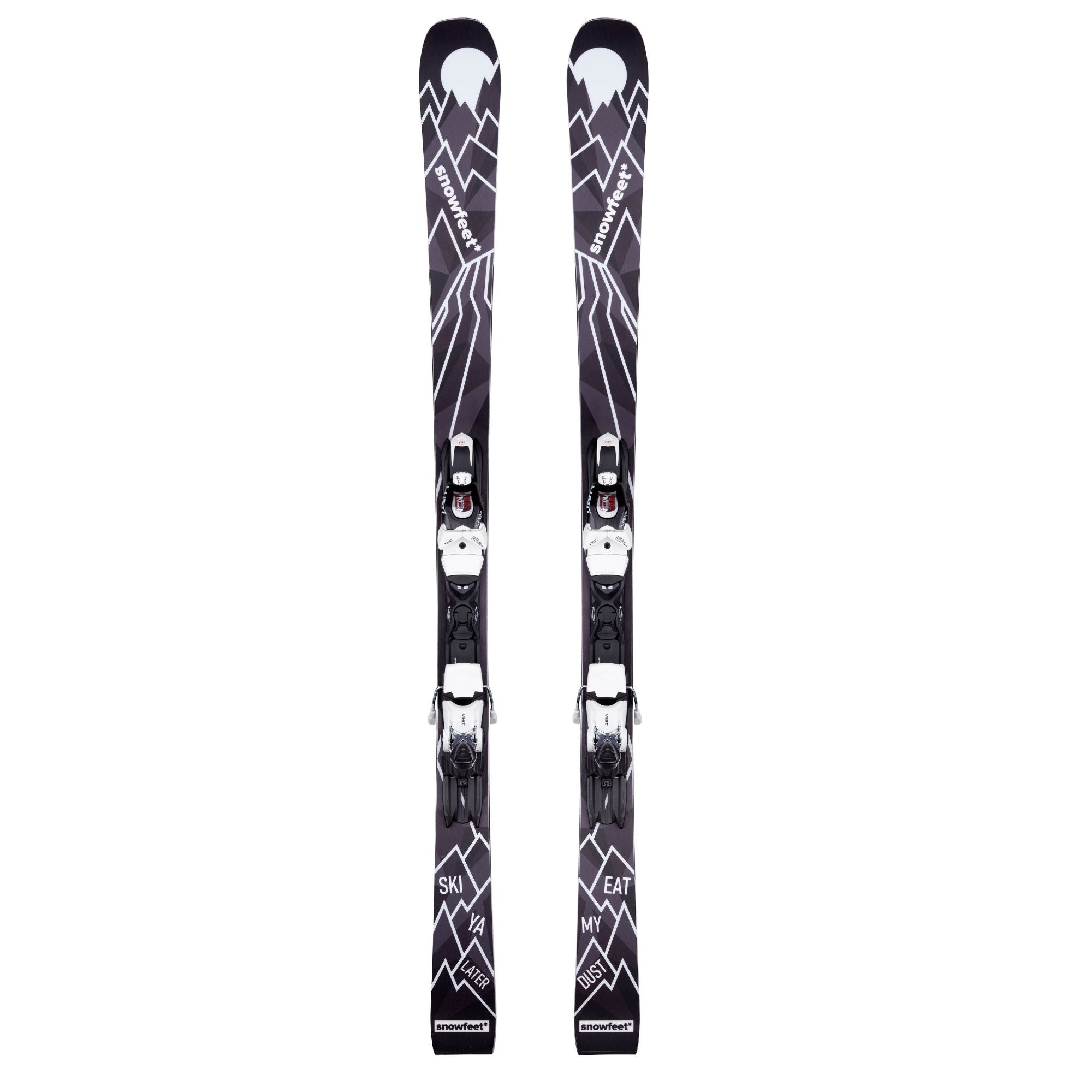

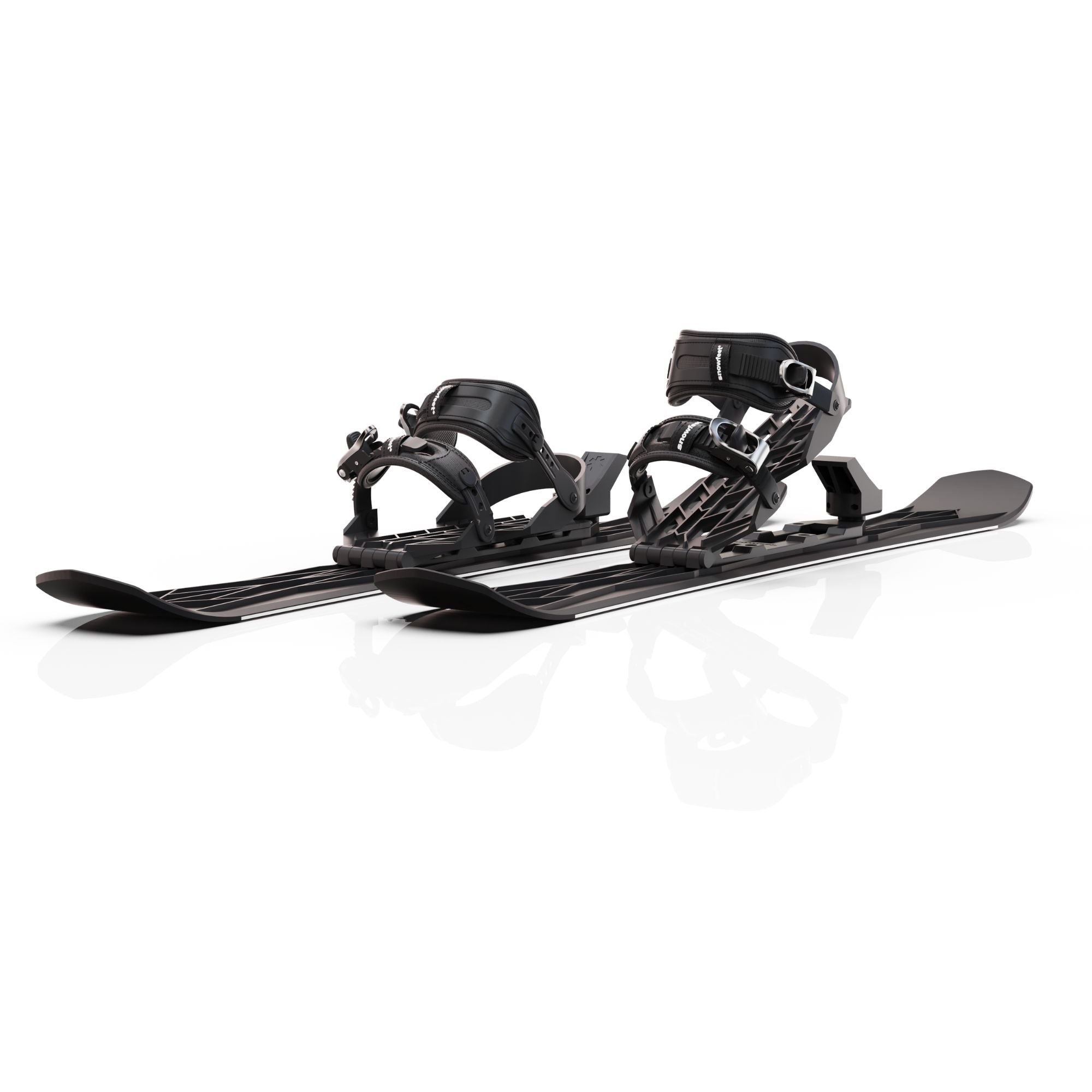


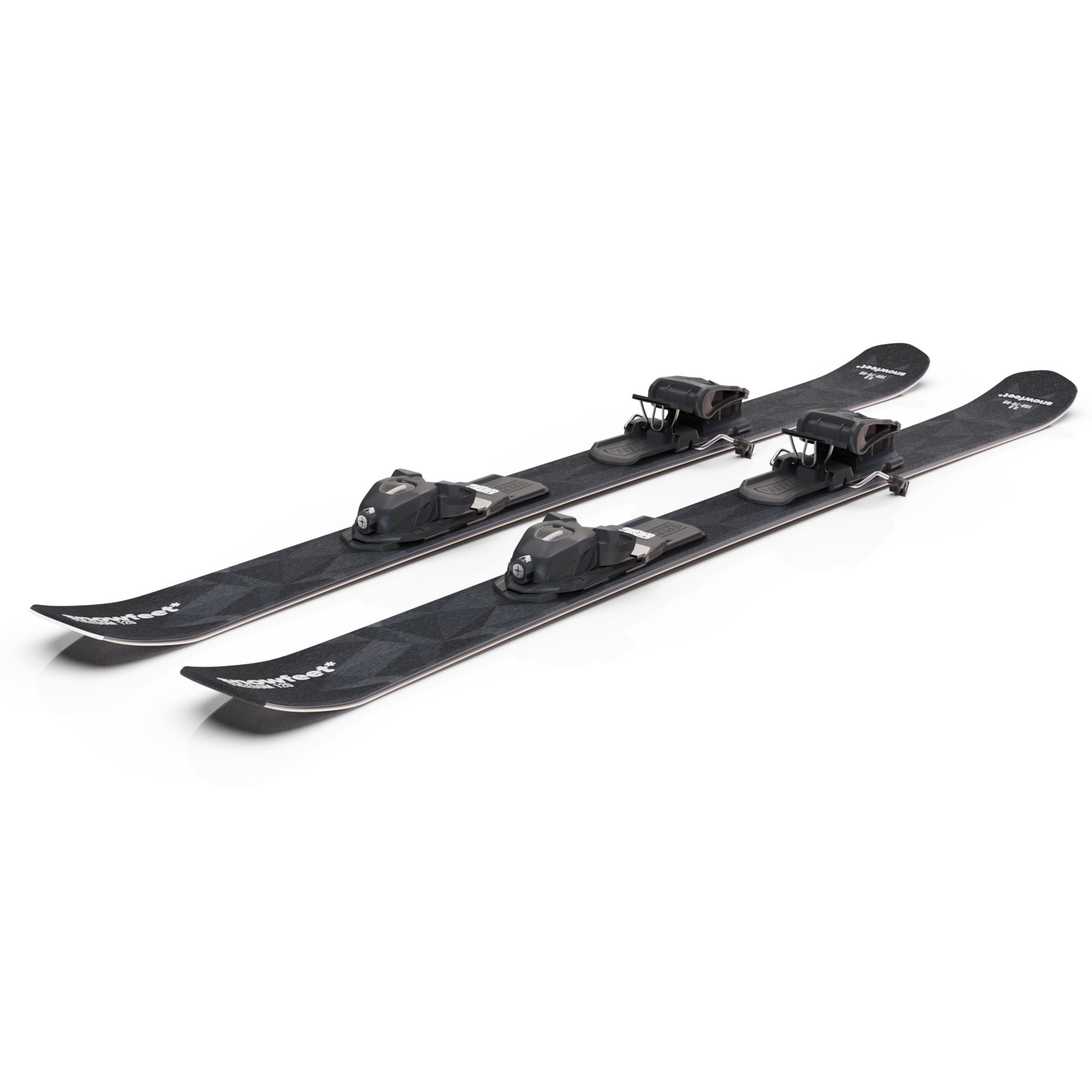

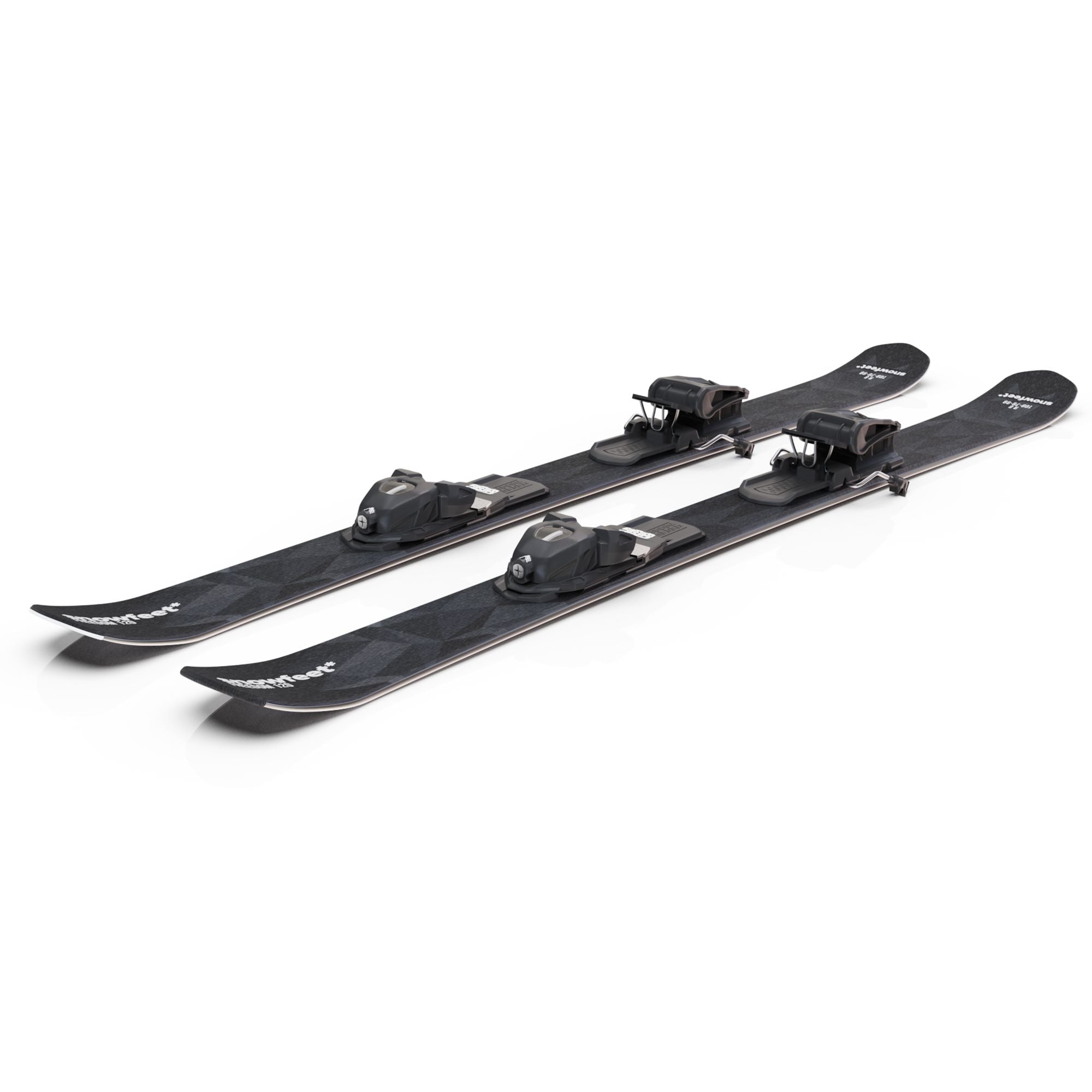
261 komentářů
rkurflwbes
Muchas gracias. ?Como puedo iniciar sesion?
mbhlrrilhh
Muchas gracias. ?Como puedo iniciar sesion?
bxfeqmunar
Muchas gracias. ?Como puedo iniciar sesion?
nyejwousyo
Muchas gracias. ?Como puedo iniciar sesion?
elexxzcttz
Muchas gracias. ?Como puedo iniciar sesion?
Napsat komentář
Tento web je chráněn službou hCaptcha a vztahují se na něj Zásady ochrany osobních údajů a Podmínky služby společnosti hCaptcha.